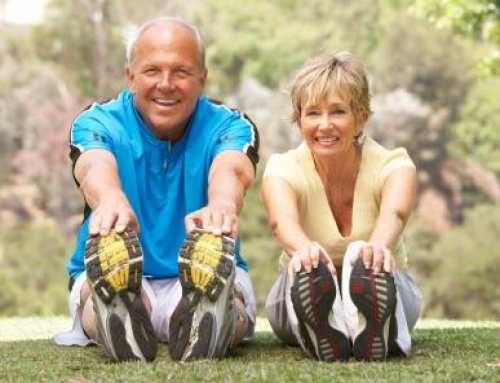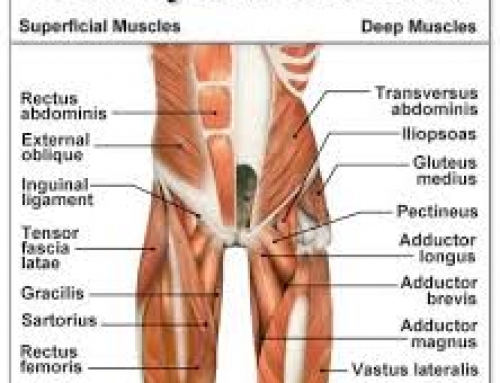The psoas is the body’s most important muscle. It plays an significant role in determining the efficacy of spinal function.
The spine is a crucial piece of our anatomy. It holds us upright, facilitates our movement, and houses the spinal cord, which is a main component of the central nervous system.
There are only 4 muscles connecting the arms and legs to the spine. The latissimus dorsi, a large broad muscle of the upper back, connects the arms to the spine. The gluteus maximus, the piriformis, and the psoas connect the legs to the spine.
The psoas is my favorite muscle. I feel that the psoas is the most essential muscle in the body for three particular reasons:
1. The psoas holds us upright.
Human beings are special creatures for a number of reasons and the curve in the lumbar spine might just top the list. We are able to stand and walk upright because of the curve of the lower spine bears and transfers the weight of the spine and head above it.
When we stand on two legs and the spine is vertical, the psoas (which is Greek for loin), crosses the rim of the pelvis and pulls the lumbar vertebrae forward and down, creating the all-important curve.
2. The psoas is the walking muscle.
Each successful step we take when walking is initiated by the psoas muscle. When one leg is forward and the body moves correctly through space, the brain triggers the psoas to move the back leg forward to alternate with the front. Many muscles are involved in walking, but good walking and running patterns always begin with the psoas.
3. The psoas helps us react to traumatic situations.
When the body reacts to danger, our fight or flight instincts are engaged and this always involves the psoas. Whether we curl into a fetal position or take off at a dead run, the psoas is part of these traumatic reactions.
There are not many movements we make in life or during exercise that don’t involve the psoas muscle. Learning about the anatomy and function of the psoas muscle can help you to understand how the body works. It may also provide insights into any back, hip, or spinal issues that you might be dealing with.




